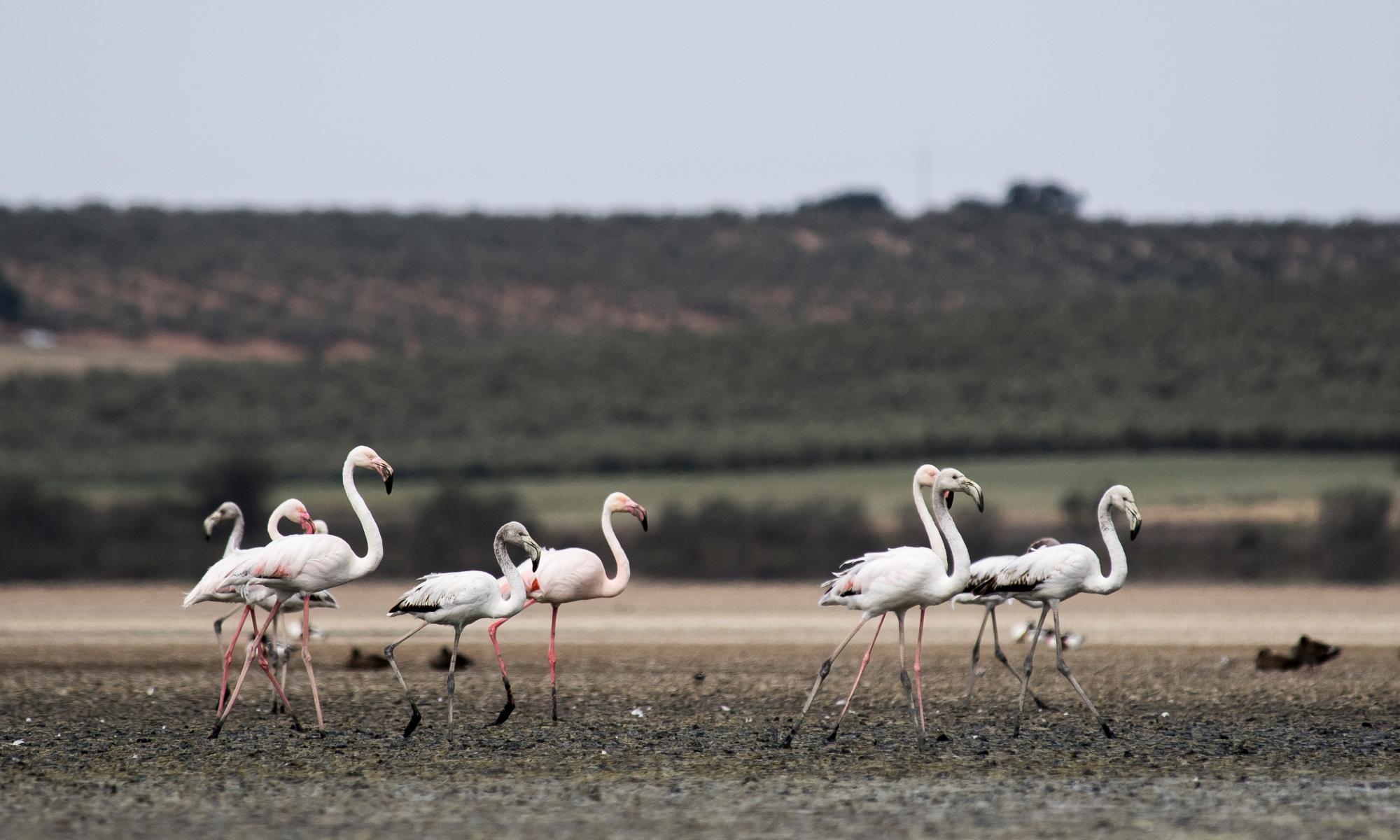The federal government has stopped listing major threats to species under national environment laws, and plans to address listed threats are often years out of date or have not been done at all.
Environment department documents released under freedom of information laws show the government has stopped assessing what are known as “key threatening processes”, which are major threats to the survival of native wildlife.
Conservationists say it highlights the dysfunctional nature of Australia’s environmental framework, which makes aspects of wildlife protection optional for government.
The Environment Protection and Biodiversity Act is being reviewed, a once-a-decade requirement under the legislation, and there are calls for greater accountability rules to be built into Australia’s environmental laws.
It follows long-standing criticism that the act is failing to curb extinction.
‘An unacceptable excuse’
In a series of reports since 2018, Guardian Australia has uncovered multiple failures including delays in listing threatened species and habitats, threatened species funding being used for projects that do not benefit species, critical habitat not being protected, and recovery actions for species not being adopted or implemented.
The act lists threats such as feral cats, land clearing and climate change as key threatening processes that push native plants and animals toward extinction.
Once a threat is listed, the environment minister decides whether a plan – known as a threat abatement plan – should be adopted to try to reduce the impact of the threat on native species.
But a 2019 briefing document shows the department has stopped recommending the government’s threatened species scientific committee assess new key threatening processes for potential listing.
"html":"Addressing threats to nature ... should not be treated as a luxury","attribution":"Evan Quartermain"
Among its reasons given is that the department has limited resources to support the work.
The document says key threatening processes have “limited regulatory influence” – that they have little effect – and the department has limited capacity to support assessments of them. Because of this, the department did not recommend any of the key threatening processes put forward “as priorities for assessment”.
In response to questions from Guardian Australia, a department spokesman said in recent years the government and the scientific committee had “considered assessment of species and ecological communities (including those listed in states and territories but not under the EPBC Act) to be a higher priority”.
The 2019 briefing notes four threats had been nominated or identified for potential assessment and listing and states that two – major alterations to the flow of river systems and sarcoptic mange, a disease which affects wombats – were likely to be eligible for listing if they were assessed.

Humane Society International submitted the two likely eligible nominations and obtained the documents under freedom of information laws.
“A lack of resources is an unacceptable excuse, particularly given the relatively paltry budget needed to undertake these assessments,” Evan Quartermain, HSI’s head of programs, said.
“Identifying and addressing threats to nature is a cornerstone of planning and conservation decision making and should not be treated as a luxury.”
‘It’s shocking really’
Further government data shows that of the 21 listed major threats, only three of those were listed in the last decade of the act, the most recent was in 2014.
The process for listing threats can also take years and is subject to ministerial discretion.
Major alterations to the flow of river systems – caused by industry and dams – was accepted by the department for assessment in 2016 but removed from the list by the then environment minister Josh Frydenberg.
The only major threat currently under assessment – “fire regimes that cause biodiversity decline” – has been on the assessment list since 2008 and remains incomplete 12 years later. Its deadline is listed as August 2013.
Fire regimes that cause biodiversity decline refers to changes in the frequency and scale of fire due to human influence. Every state of the environment report identifies changed fire patterns as a major threat to the survival of native wildlife.

“They haven’t even listed it as a threat let alone done something about it. It’s shocking really,” Andrew Cox, the chief executive of the Invasive Species Council, said.
“If you want an evidenced-based system, you need to list your threats and you need to act on those threats.”
Twelve years since its nomination, this assessment is now one of the actions to be completed by the threatened species scientific committee as part of the response to the recent bushfire disaster.
The department did not explain the reason for the extraordinary delay.
“The TSSC is currently updating the draft assessment of ‘fire regimes that cause biodiversity decline’ as a key threatening process in response to the 2019/20 bushfires,” a spokesman said.
‘The system’s broken’
Environmental organisations and the threatened species scientific committee have highlighted the weaknesses of the KTP system in submissions to the EPBC review, chaired by Graeme Samuel.
"html":"It’s all optional. That’s the problem","attribution":"James Trezise"
One of the issues, which is also noted by the department when it refers to the “limited regulatory influence” of KTPs, is that they are not considered matters of national environmental significance. This means the minister is not required to consider them when making decisions about projects under the act like they do with native species.
Only threat abatement plans are legally binding. Where a threat abatement plan exists the minister cannot make any approval decision that is inconsistent with that plan.
Threat abatement plans also suffer similar problems to recovery plans for threatened species, which have been reported on previously by Guardian Australia.
Of the 21 major threats listed, six – including land clearing and climate change – have no threat abatement plan. Others, such as the plan for predation by foxes, are more than a decade old.
There is also no system in place that tracks whether plans are being followed or implemented.
The department said where there wasn’t a plan in place it was because the minister determined it was not a “feasible, effective or efficient” way to abate the threat based on advice from the threatened species scientific committee. In the case of some threats, it had developed non-statutory advice. Others, such as climate change, are considered as part of other government policies.

“It’s all optional. That’s the problem,” James Trezise, a policy analyst at the Australian Conservation Foundation, said.
“A threat abatement plan is this optional thing where it’s optional to establish them, it’s optional to implement them, there’s no system for tracking them and there’s not enough resources available.”
Cox said there were some exceptions and singled out work to reduce feral cat populations and to reduce by-catch of seabirds in long line fishing operations as examples where listing a major threat and developing a plan to address it had shown some success.
But overall, he said “the system’s broken” and “dysfunctional”.
“We’re not looking deeply at what’s causing declines and tackling the declines at the source,” Cox said.
“And what’s at stake is not just threatened species, it’s also common species. Because we’re not addressing threats, we’re making recovery virtually impossible and threatening more species that are currently common.”
A unified response
The Invasive Species Council has put forward 22 recommendations in its submission to the EPBC review.
They include listing key threatening processes as matters of national environmental significance, comprehensive monitoring and tracking of listed threats and abatement plans, and that the federal government seek the cooperation of states when trying to implement plans.
The threatened species scientific committee has made similar recommendations, calling for large threats, such as novel biota (invasive species), to be listed as matters of national environmental significance.
The committee’s chair Helene Marsh said they had also recommended a system for addressing major threats similar to the national environmental biosecurity response agreement, in which the commonwealth, states and territories can agree to a coordinated response.
Marsh said on one level, the EPBC Act was “quite forward looking” compared to other countries in listing threats and not just threatened species.
“We think that’s very good but we also think that the present situation doesn’t work all that well,” she said.
“We would like to see this tackled in a much more unified and coordinated way.”


